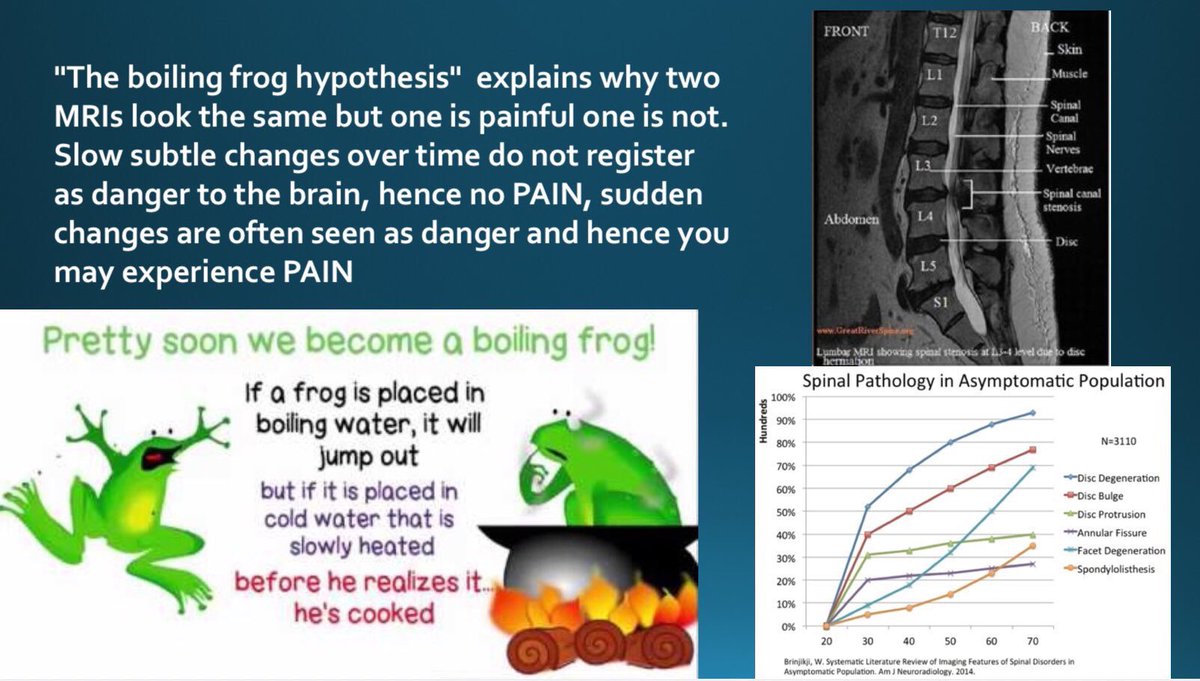Stenosis is the narrowing of a vessel, lumen, foramen or tunnel. It can be congenital, formative and acquired.
Stenosis per se is not a condition, but has the potential to produce symptoms depending how it affects contents
Ie stenosis of blood vessels can lead to symptoms of coronary heart disease, some in the spine can lead to radicular symptoms.
If we talk about spinal stenosis, there are several foramina that can be narrowed by bony growth or soft tissue hypertrophy, buckling or encroachment.
One can postulate that any narrowing on the central canal via bone or soft tissue is a stenosis. This may occur at a single level as in a disc herniation, bulge or protrusion, a bony growth from degeneration,
Thus a disc herniation, bulge or protrusion can clearly be labeled as acquired stenosis. Multilevel disc bulging that occurs in DDD is common as we age and can cause stenosis with degenerative spondylolisthesis.
Lateral intervertebral stenosis occurs from osteophytic growth like in the case of the cervical spine where uncovertebral bars are common, and with Z-joint arthropathy in both cervical and lumbar spine
Older adults may develop slow onset insidious low back pain and bilateral lower leg symptoms related to walking. This is the classic presentation due to degenerative spondylolysthesis and DDD causing LBP and neurogenic claudication
Porter described the Simian stance and walking posture (ape like walking) this posture is related to trying to maximize lumbar flexion and minimizing hip extension when walking. In these patients flexion may be....
The treatment of acute disc herniation with or without sciatica is dependant on the directional preference, see Laslett’s work , it is important to remember technically disc herniation and extrusion both produce stenosis.








